The Virginia Supreme Court is out with new Virginia redistricting maps for the US House of Representatives, State Senate and House of Delegates. See below for the maps and for initial reactions. Also see here for the memo accompanying the maps, which among other things says:
- “Over the past few weeks, we have listened to the voices of dozens of Virginians, read thousands of their comments, and consulted with this Court. We have done our best to incorporate the comments that we received, and we are now pleased to present this Court with the final version of our maps for its review”
- “We drew the proposed maps without referencing partisanship, except to ensure that our ability-to-elect districts would, in fact, function to elect the minority candidate of choice.“
- “We were pleased that the congressional districts we drew using these neutral criteria allowed for the continuation of two minority ability to elect districts in the U.S. House of Representatives, CD3 and CD4, and enhanced the number of ability to elect districts in the legislature.”
- “We did explore options that would keep northern Norfolk together with Virginia Beach without altering the partisan balance, but that required a larger number of county splits. We simply note that we drew the 3rd district first and identified early on that it was possible to keep Norfolk, Newport News, Hampton and Portsmouth together in a single compact district that, when combined with neighboring precincts, would preserve minority groups’ ability to elect a candidate of choice. This was our starting point, and we did not see a reason to abandon it this late in the game.”
- “Chesterfield is removed from the 5th district, and is paired with Henrico County in the 1st district.”
- “Having lost northern Albemarle County, the 10th needed to pick up population. We looked to add northern Prince William County, which kept the I-66 corridor intact. This set off a sequence of shifts until we were left with a compact 10th district, with the northern Piedmont counties moved to the 7th. Our concern, though, was that the resulting 7th district was too Republican, resulting in a map that did not fairly reflect the partisanship of the state. We also felt that it no longer achieved our goal of creating a district largely anchored in Prince William County. We then pushed the 7th up almost to the Occoquan River in Prince William County and pushed the 10th down to include Rappahannock County (whose officials had expressed an interest in being paired with Fauquier County) and Culpeper County. This effectively flips the partisanship of the two districts from the initial proposed districts, while preserving the overall partisan balance, while improving compactness and making more sense from a community of interest perspective.”
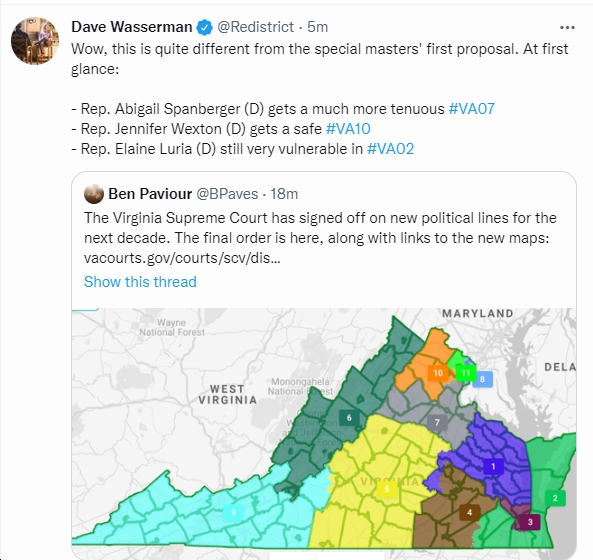
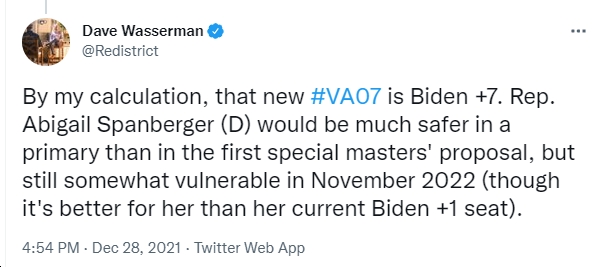
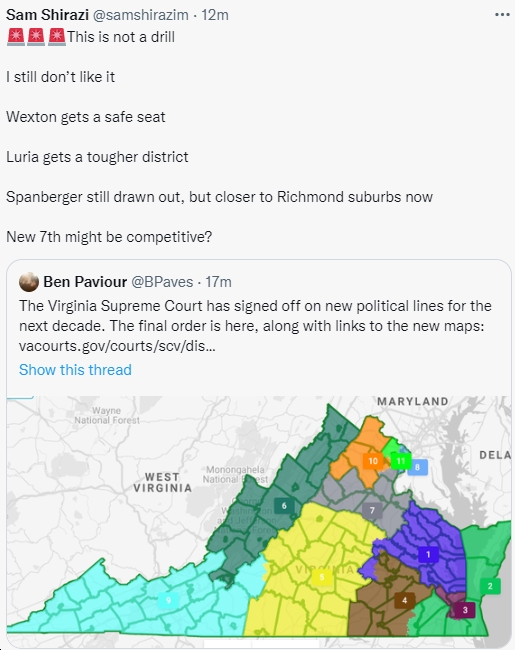
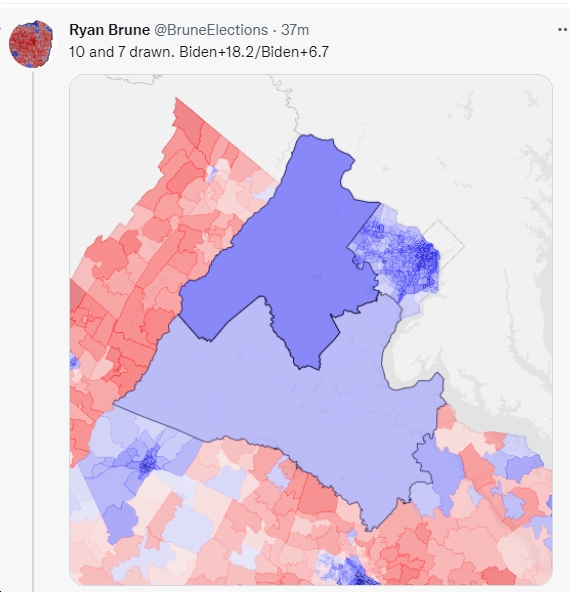
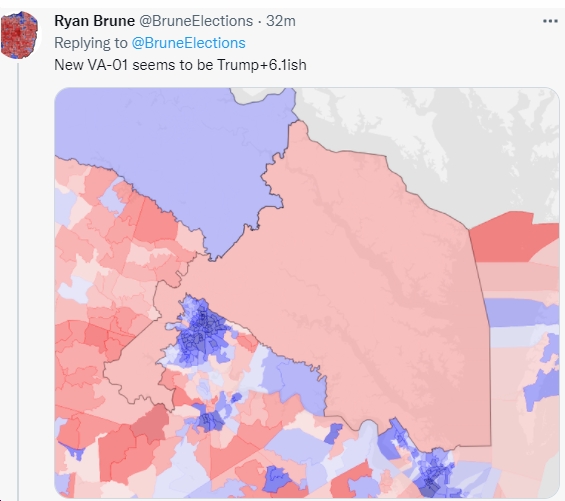
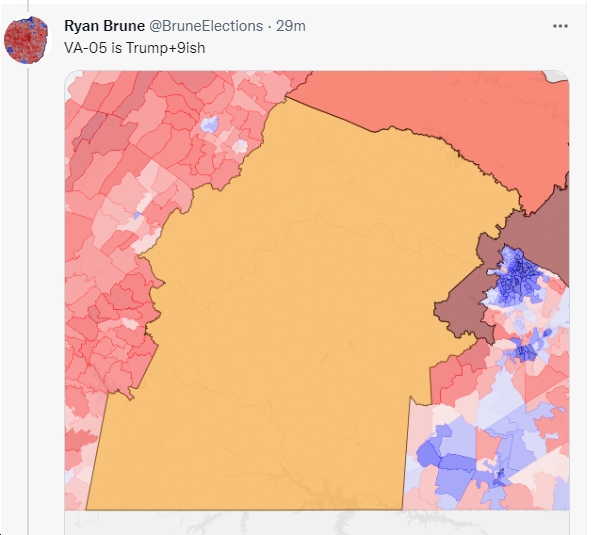
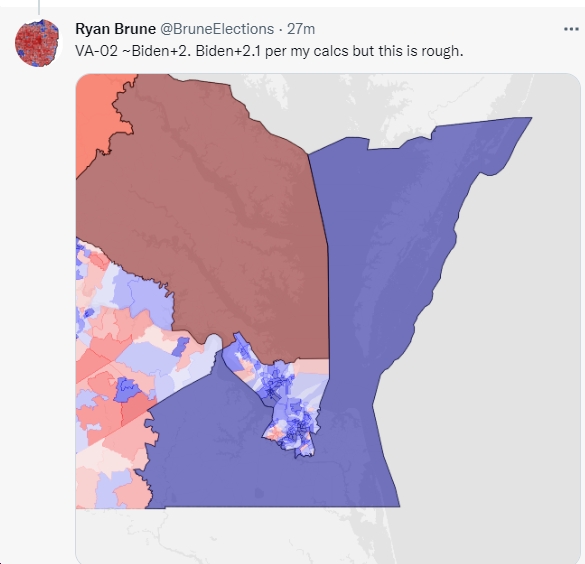
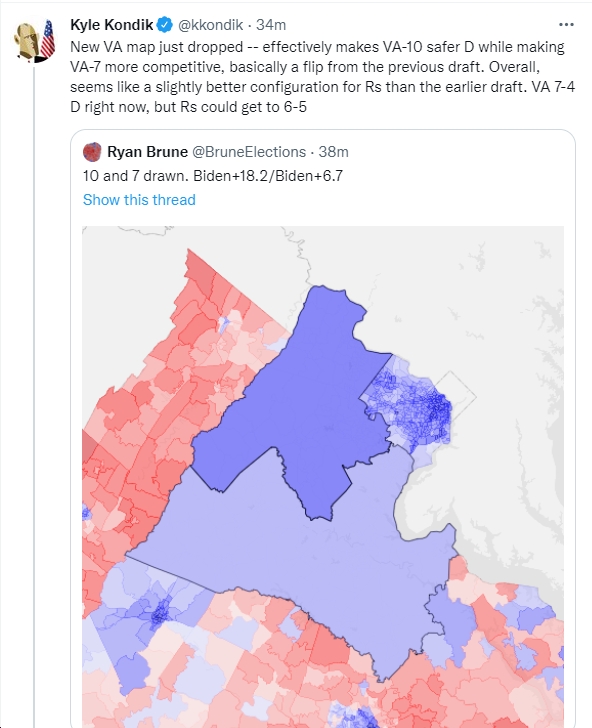
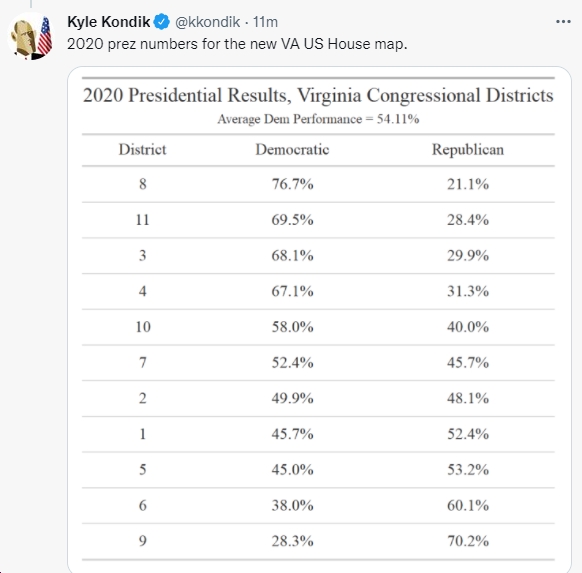
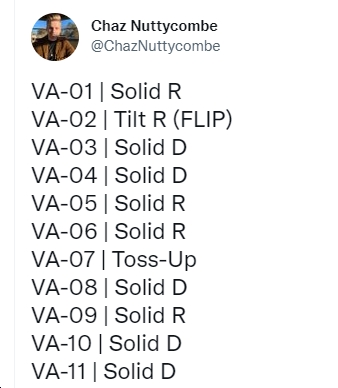
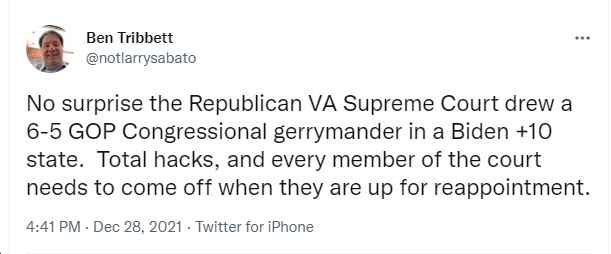
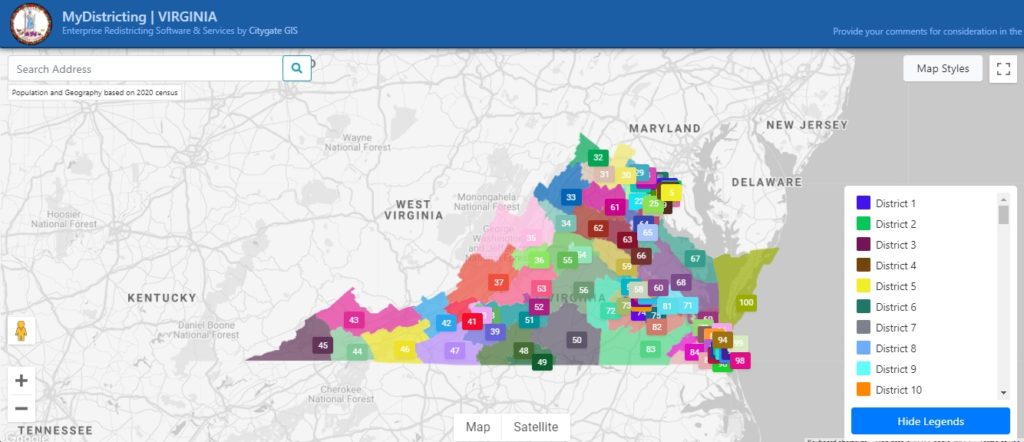
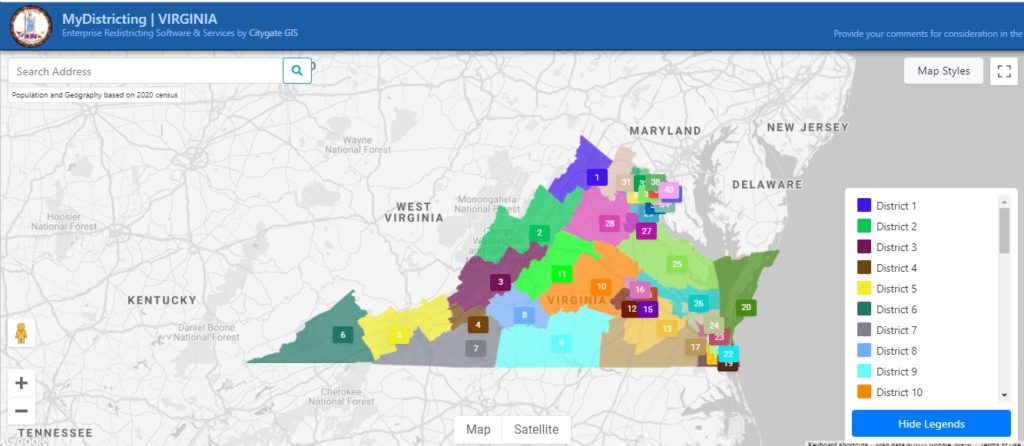
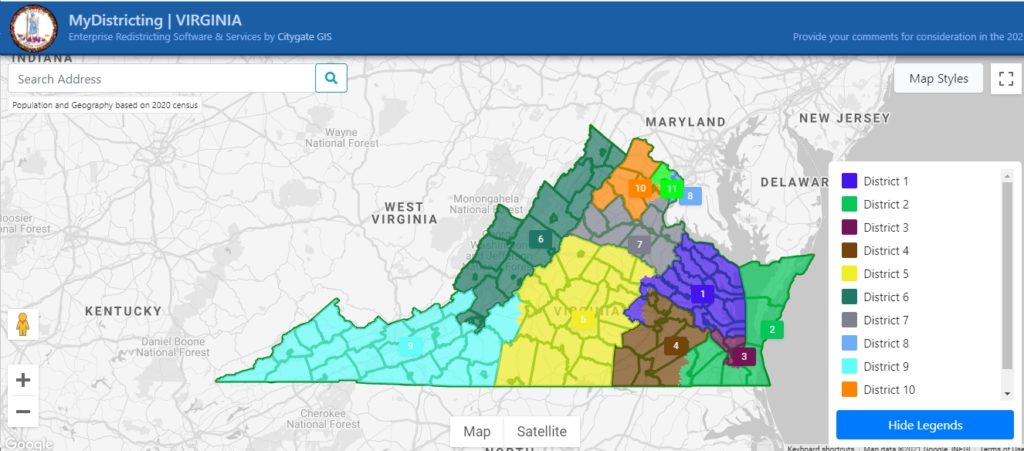
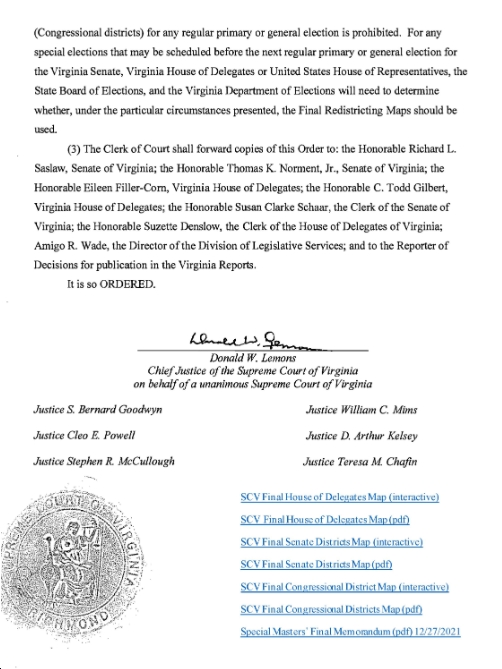
The new congressional lines for VA are quite different than the first draft, but the state legislative lines, to the best of my knowledge, are the same.
— Chaz Nuttycombe (@ChazNuttycombe) December 28, 2021



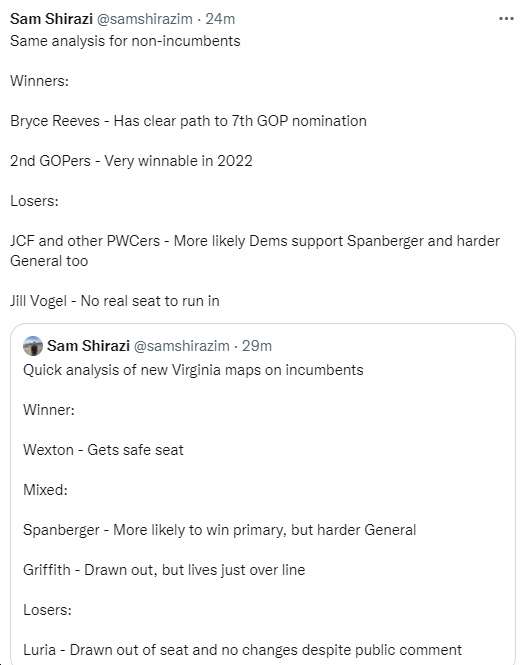
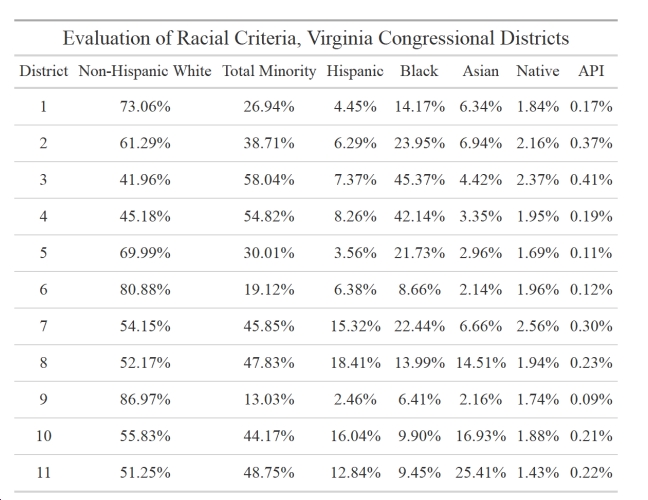
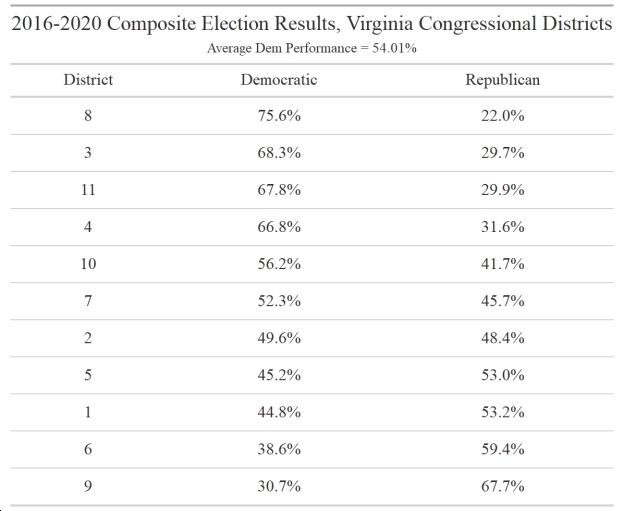
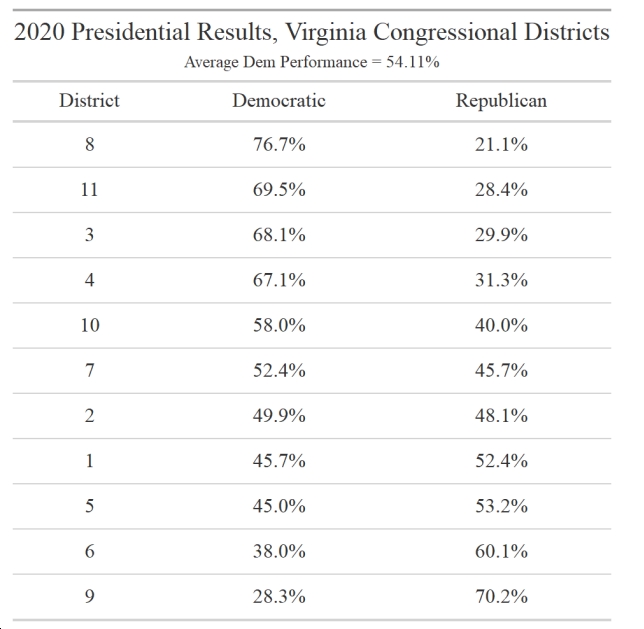
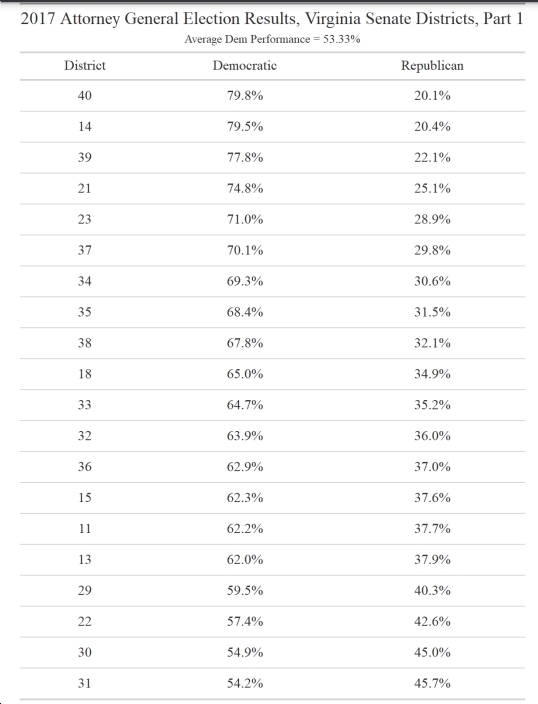
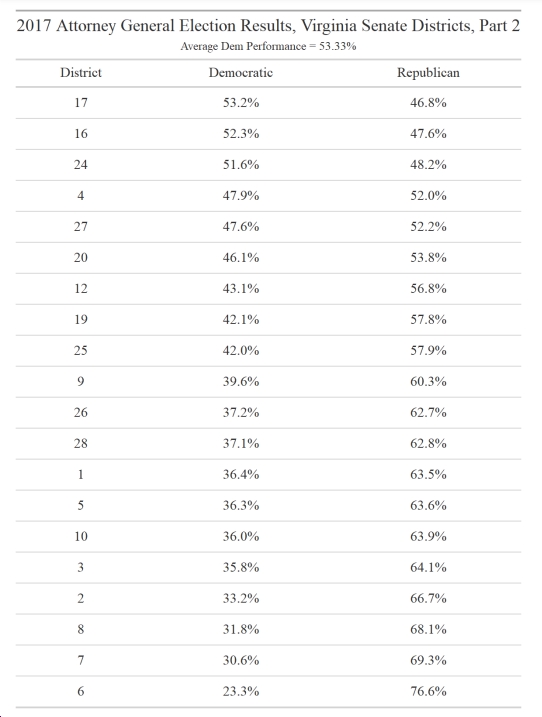
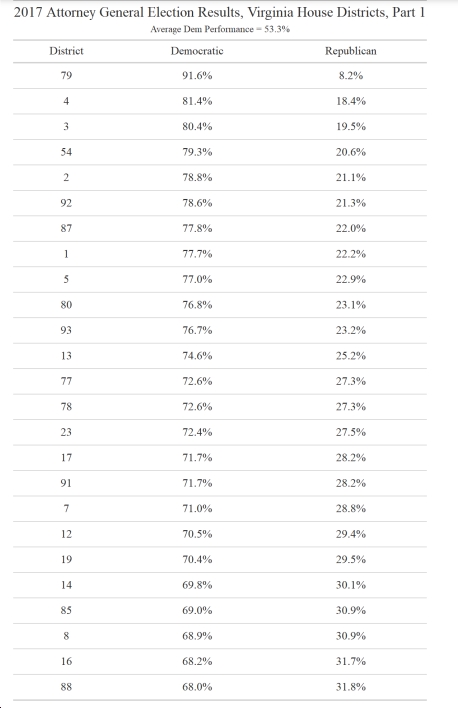
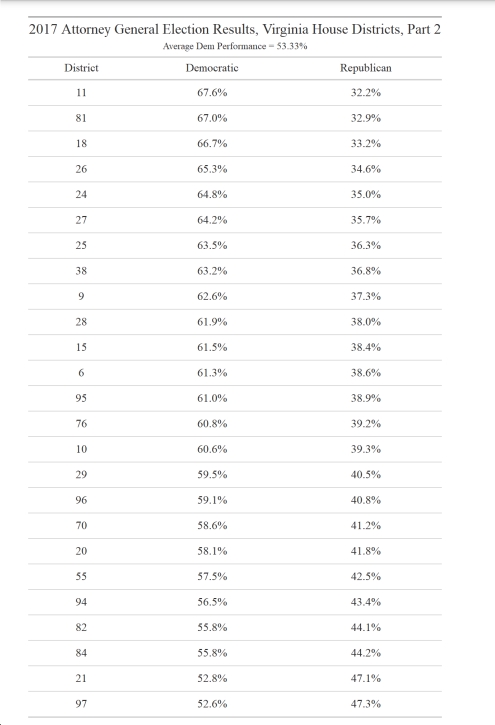
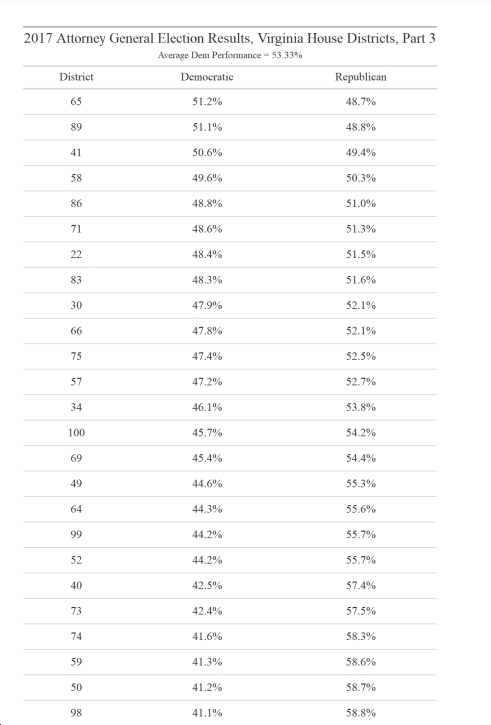
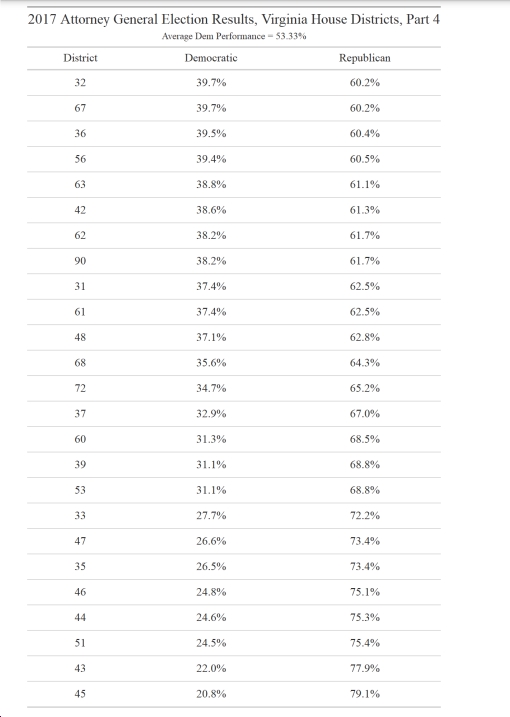

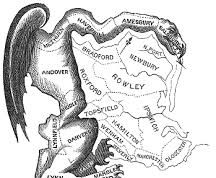
![Former VA Citizen Redistricting Commissioner James Abrenio Reacts to Texas Republicans’ Extreme Gerrymander Attempt, Says “”If they pass that s*** in TX, I’d be open to [repealing Virginia’s redistricting amendment].”](https://bluevirginia.us/wp-content/uploads/2025/08/abreniotexas-238x178.jpg)







